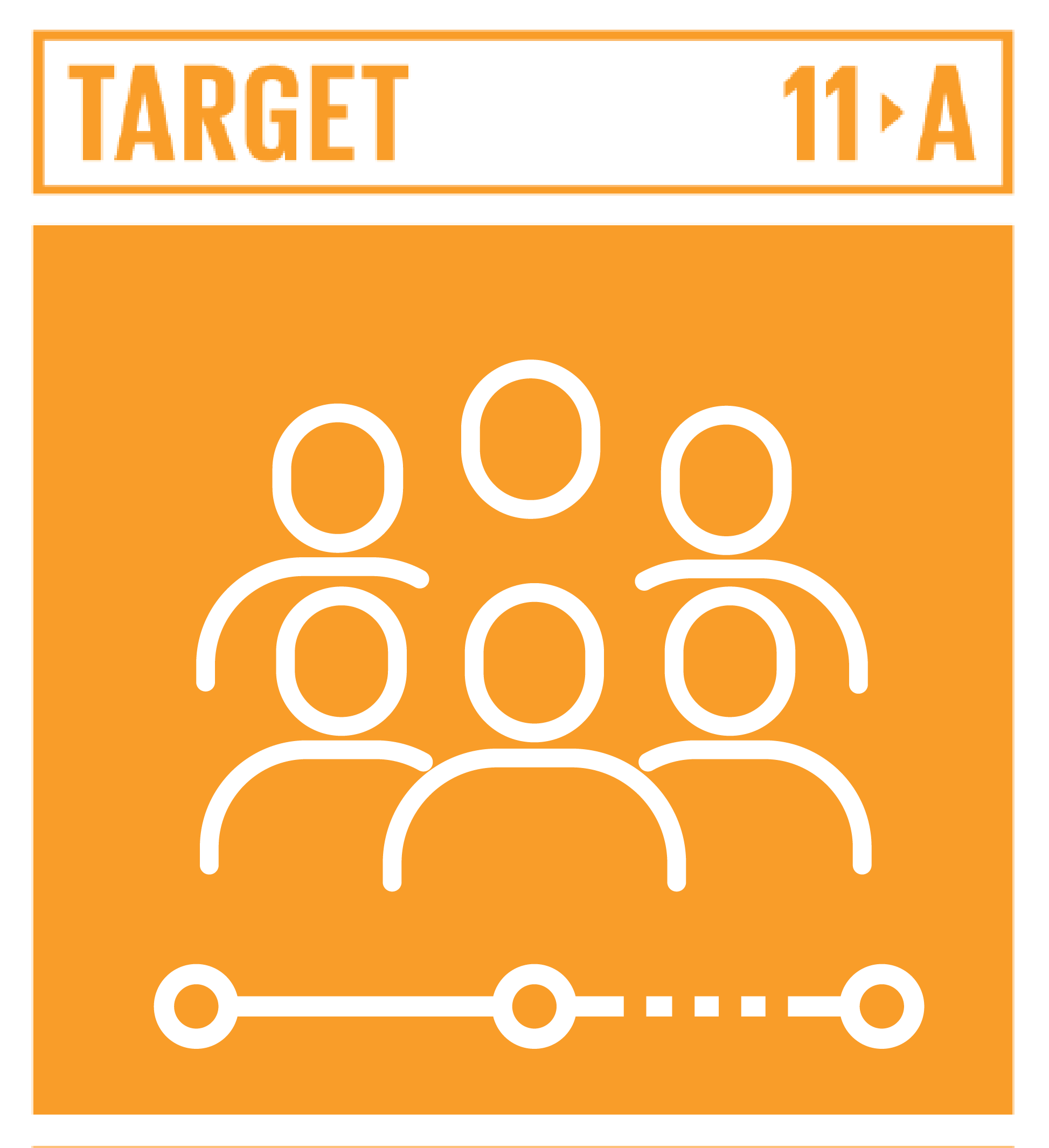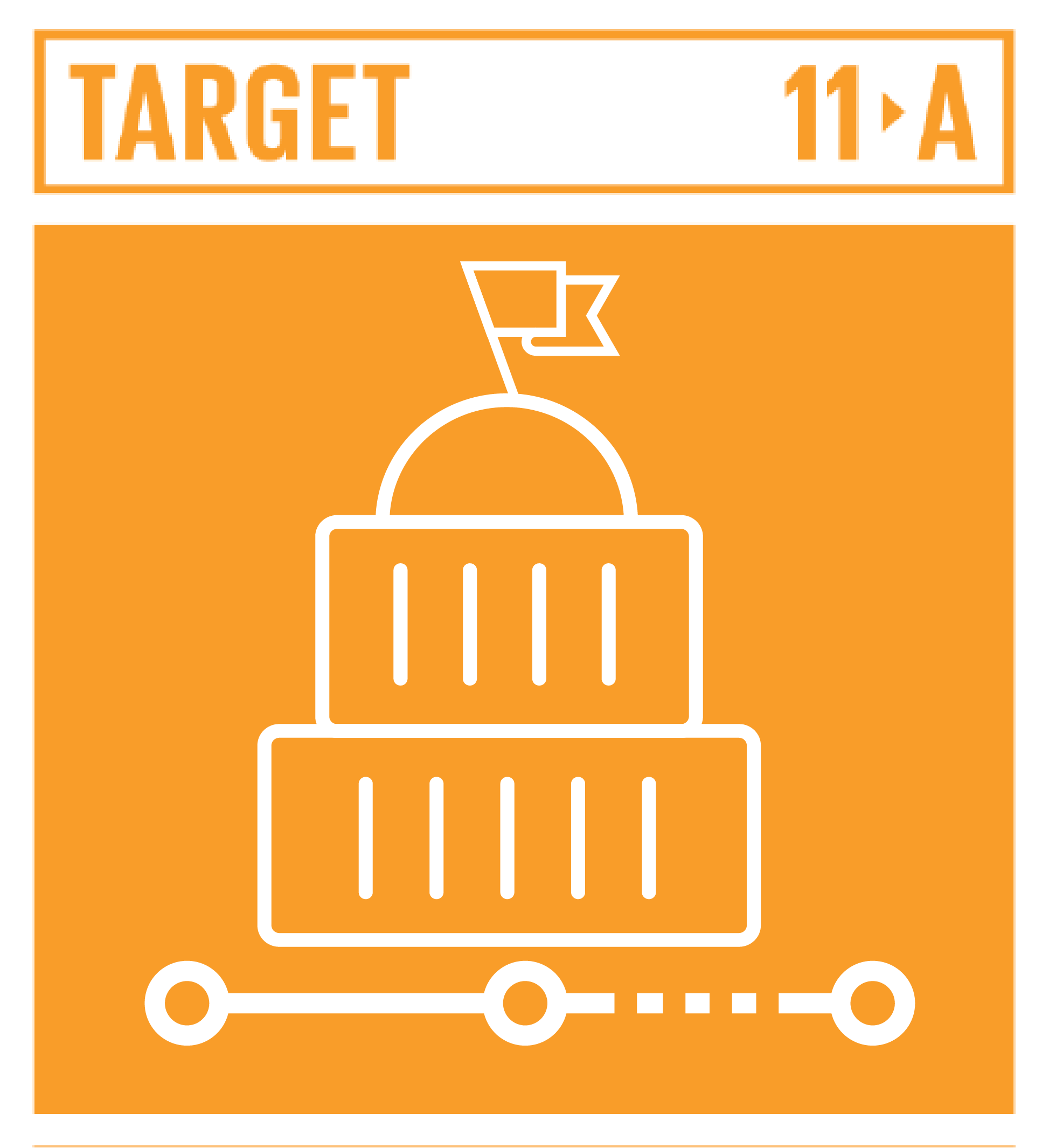Sao Tome and Principe
A deep analysis of Sao Tome and Principe National Urban Policy
Region: Sub-Saharan Africa

GDP per capita

Population (2016)

Population growth rate

Inflation Rate (2014)

Drinking water (rural)

Drinking water (urban)

Forested areas

CO2 emissions estimate

Labour force (females)

Labour force (males)

Female life expectancy

Male life expectancy

Unemp % of labour force

Urban population

Male education

Female education
Data presented above is obtained form 2018 NUP Database Booklet - (2018 WorldBank dataset), access it from the World Bank Dataset

TITLE OF NUP
National Spatial Planning (Explicit)

STAGE OF NUP
Formulation Phase

LEADING AGENCY FOR URBAN DEVELOPMENT
Ministry of Infrastructure and Public

TIMELINE
2019

FOCUS
The National Planning Document (NPD) was formed in 1977. It promotes a balanced and parsimonious use of land, while considering the protection of resources for future generations.

COMMENTS
There is explicit NUP.

Thematic scope of Sao Tome and Principe NUP

Thematic attention
Economic
Development

Thematic attention
Spatial
Development

Thematic attention
Human
Development

Thematic attention
Environmental
Development

Thematic attention
Climate
Resilience
Graphical Representation
Legend:
12=Extensive
8=Moderate
4=Low
0=No Information
Measurement of how Sao Tome and Principe NUP fulfils
SDG 11.a.1 Qualifier

Population dynamics
The National Urban Policies for Sao Tome and Principe, does respond to the population dynamics as an SDG11.a.1 qualifier. Sao Tome and Principe NUP does focus on demographic trends and needs in their Formulation phase.
YES

Territorial development
Sao Tome and Principe NUP does address a spatial coherent territory that includes a balanced system for human settlement. Cities and towns along the urban, periurban and rural continum is also focussed in the Sao Tome and Principe NUP.
YES

Local fiscal space
Sao Tome and Principe NUP does not address the local fiscal space as SDG.11.a.1 qualifier. Their NUP ensures that local governments have resources to carry out activities at the local level.
NO